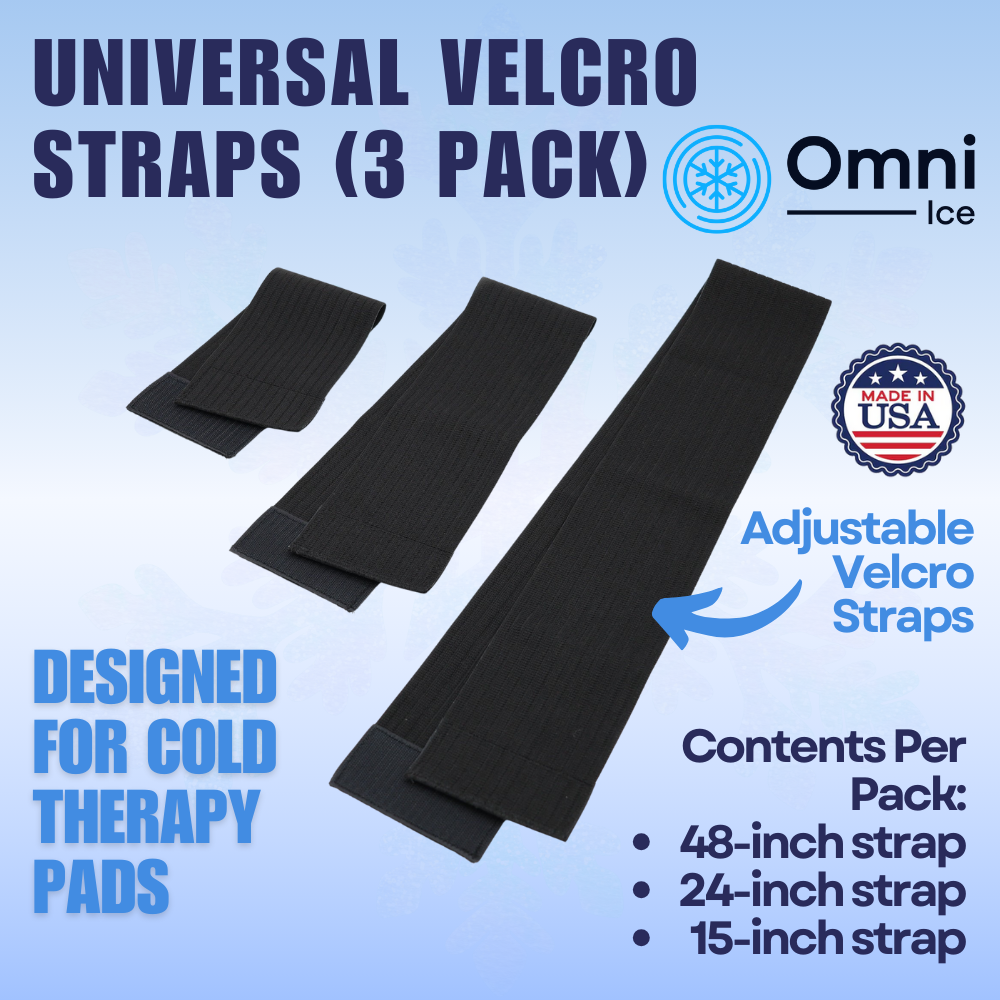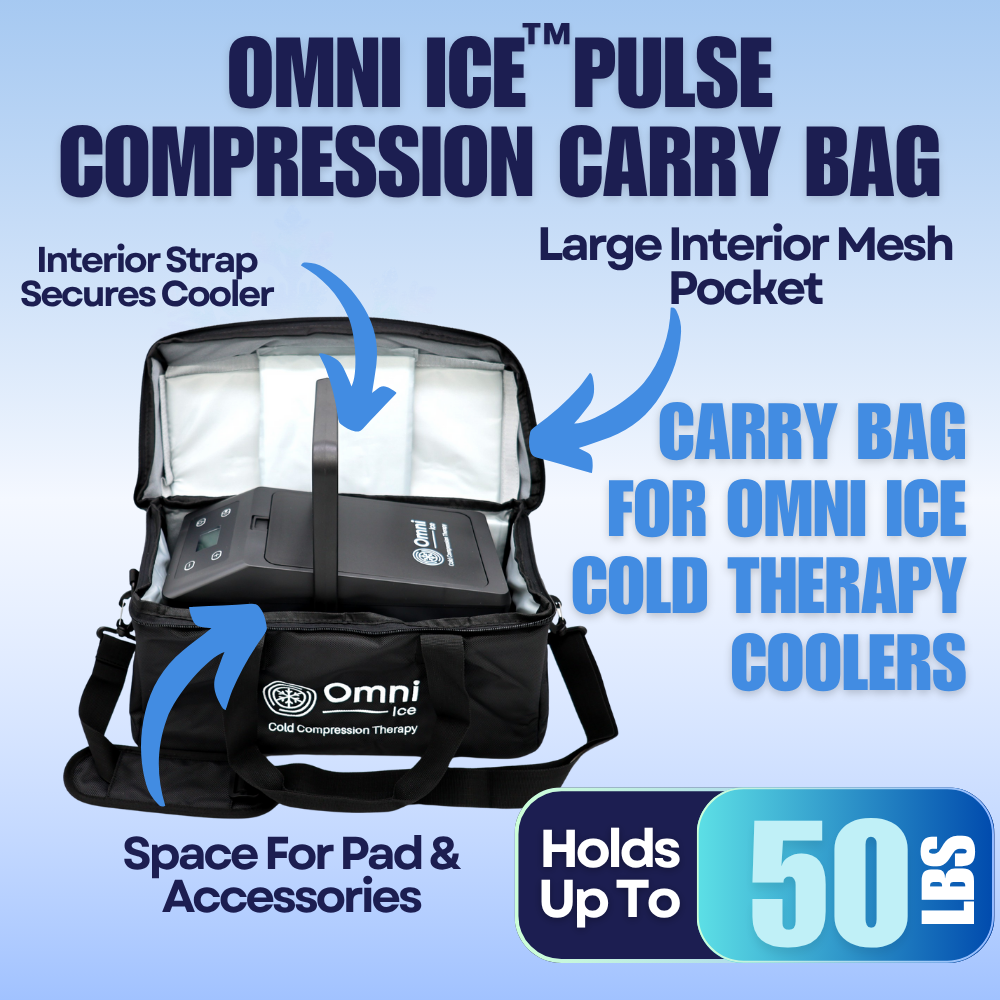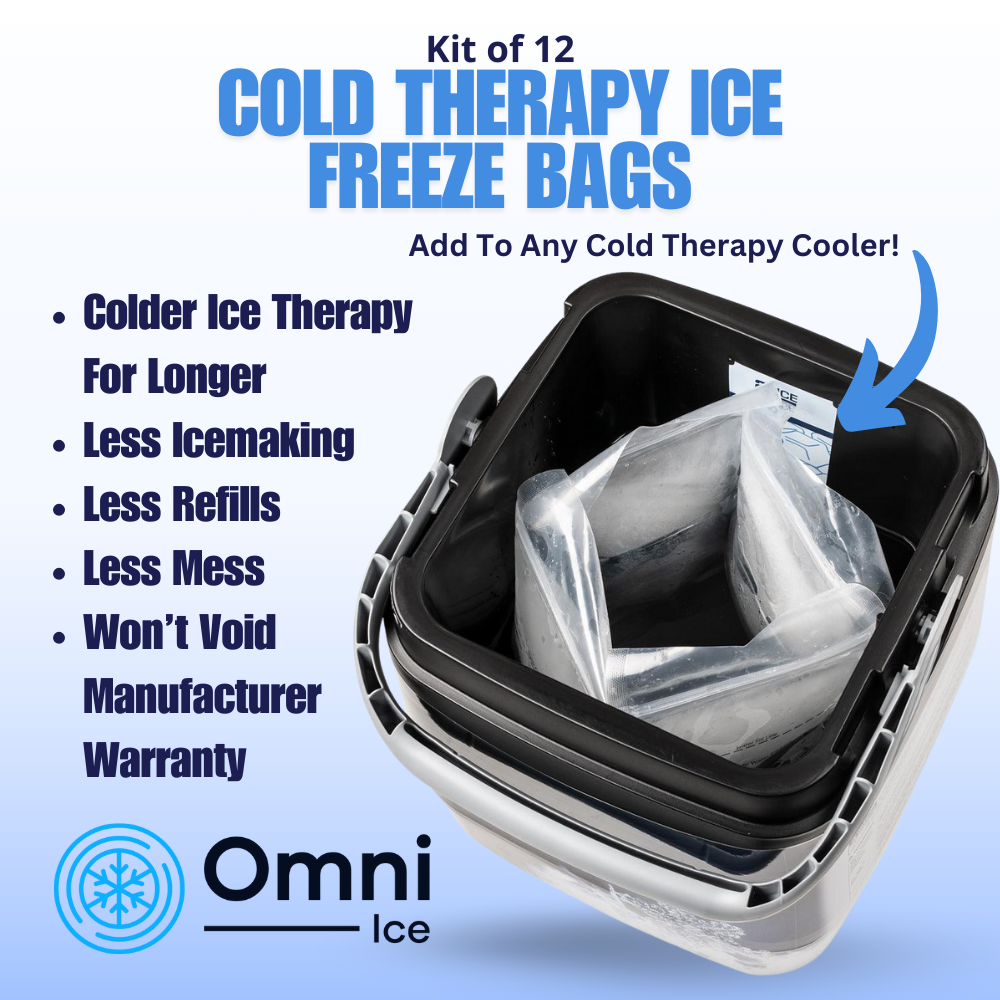Supporting Your Spine: The Role of Back Braces in Pain Relief and Healing
Dr. Dina Khentigan
Introduction
The intricate structure of the spine, also known as the back, serves as a fundamental pillar of support for our body, enabling movement, protecting vital nerves, and acting as a shock absorber (Cooper et al., 2019). However, various factors can lead to back pain and conditions that require additional support for the spine. In such cases, back braces (like the Exos Form II back brace) play a crucial role in providing stability, pain relief, and promoting healing. Let's explore the diverse scenarios where back braces can be an effective therapy under the guidance of healthcare professionals.

The Impact of Back Pain and Spinal Conditions
Back pain and spinal diseases are prevalent health concerns that have far-reaching implications in terms of both epidemiology and healthcare economics (Schott et al., 2018). As the costs associated with caring for individuals with back-related complaints continue to rise, finding effective solutions becomes paramount. This is where orthotic devices such as back braces come into play.
Evidence-Based Effectiveness
Research findings strongly support the efficacy of back braces, particularly in cases of low back pain and associated leg pain. Studies indicate not only a marked improvement in pain intensity but also enhanced functional capacity. Notably, the use of orthoses has been shown to have no adverse effects, providing a safe and reliable therapeutic option for those in need.

Common Indications for Back Brace Usage
Lower Back Pain: Back braces can alleviate both acute and chronic lower back pain by offering support to the lumbar region and reducing spinal load.
Herniated Disc: Back braces aid in supporting the spine, alleviating pressure on herniated discs, and facilitating the healing process.
Muscle Strain: Stabilization of affected muscles via back braces helps prevent further strain or injury, supporting the healing journey.
Spondylolisthesis: Back braces stabilize the spine, limiting movement and reducing discomfort in cases where one vertebra slips forward over another.
Spinal Fractures: After a spinal fracture, a back brace can immobilize the spine, aiding healing, especially when surgery is not required.
Scoliosis: Adolescents with scoliosis benefit from back braces that manage curvature progression during periods of growth.
Osteoporosis: Back braces offer support to individuals with weakened bones, reducing the risk of fractures due to osteoporosis.
Post-Surgical Support: Following spine surgery, a back brace provides stability, promoting recovery in the operated area.
Degenerative Disc Disease: Back braces assist in managing pain and providing support for those with degenerative disc disease.
Spinal Stenosis: A back brace improves posture and alleviates pressure on spinal nerves, offering relief from spinal stenosis.
Sciatica: Back braces reduce pressure on affected nerves, helping to alleviate sciatic nerve pain.
Compression Fractures: Individuals with compression fractures find pain relief and support through the use of back braces during the healing process.
Pregnancy: Maternity back braces provide support to the lower back and abdomen, helping pregnant women manage discomfort.
Rehabilitation: Back braces aid in the rehabilitation process post-injury, surgery, or other conditions by stabilizing and limiting movement.
Sports or Occupational Injuries: Athletes and individuals with physically demanding jobs can use back braces to prevent injuries or strains during strenuous activities.
Posture Improvement: Back braces can help correct poor posture habits by encouraging proper spinal alignment.
Guidance from Healthcare Professionals
While back braces offer substantial benefits in numerous scenarios, their usage should always be guided by healthcare professionals. Accurate diagnosis and personalized treatment plans are vital to ensure the safe and effective use of back braces. Additionally, considering complementary therapies like superficial heat, therapeutic massage, and spinal manipulation can further enhance the healing process (Knight et al., 2023).
Conclusion
The role of back braces, such as the Exos back brace, in supporting spinal health cannot be overstated. From pain relief to healing assistance, these orthotic devices have proven their worth across a wide range of conditions. However, remember that healthcare professionals play a crucial role in determining the suitability and effectiveness of a back brace for your individual needs. By combining the power of medical expertise with advanced orthotic solutions, we can pave the way for a healthier, pain-free spine.
References
L. Cooper, A. Gullane, J. Harvey, A. Hills, M. Zemura, J. Martindale, A. Rennie & D. Cheneler (2019) Experimental platform to facilitate novel back brace development for the improvement of spine stability, Computer Methods in Biomechanics and Biomedical Engineering, 22(15), 1163-1173, doi: 10.1080/10255842.2019.1645837
Knight, C. L., Deyo, R. A., Staiger, T. O., & Wipf, J. E. (2023). Treatment of acute low back pain. UpToDate.
https://www.uptodate.com/contents/treatment-of-acute-low-back-pain?search=treatment%20of%20acute%20back%20pain&source=search_result&selectedTitle=1~150&usage_type=default&display_rank=1
Schott, C., Zirke, S., Schmelzle, J. M., Kaiser, C., Fernandez, L. A. (2018). Effectiveness of lumbar orthoses in low back pain: Review of the literature and our results. Orthopedic Reviews, 10(4), 141-146. https://doi.org/10.4081/or.2018.7791









